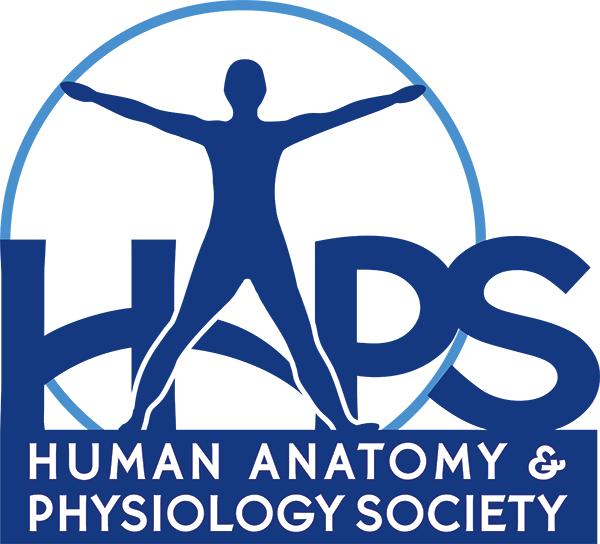Remote Proctoring of the HAPS Exams
Remote proctoring of the HAPS Exams always brings up a raft of questions about the process, who does the proctoring, how you can trust the proctors, etc. To address these questions, HAPS and ProctorU are hosting a joint webinar on…
